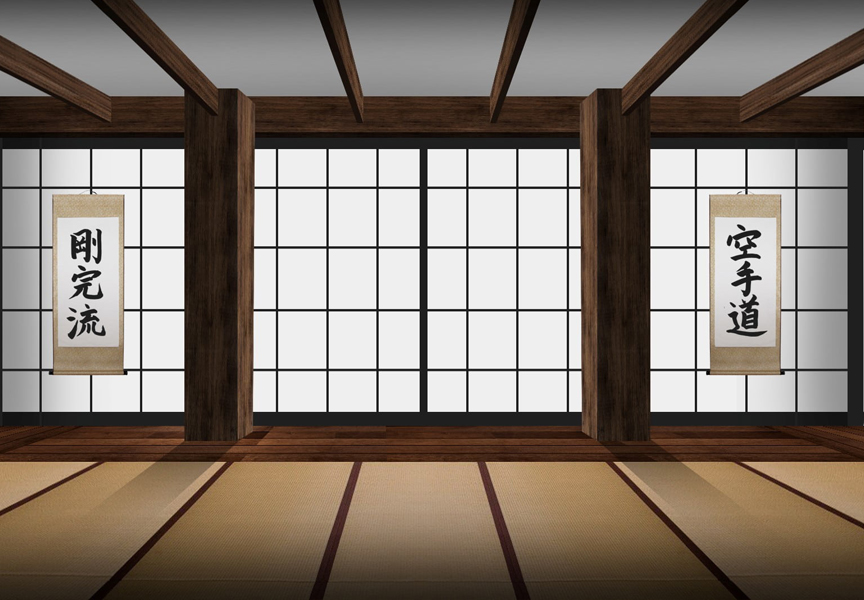Random Free Articles
- The Rise of Competitive Self-Defense

Turning Survival into a Sport In the ever-evolving landscape of self-defense, a new phenomenon has emerged – competitive self-defense. What was once seen solely as a means of protecting oneself from harm has now taken on a competitive edge, blurring the lines between survival instinct and sporting prowess. This paradigm shift has given rise to a fascinating debate about the intersection of self-preservation and athleticism, raising questions…
- Every Competitor A Champion in Their Own Right
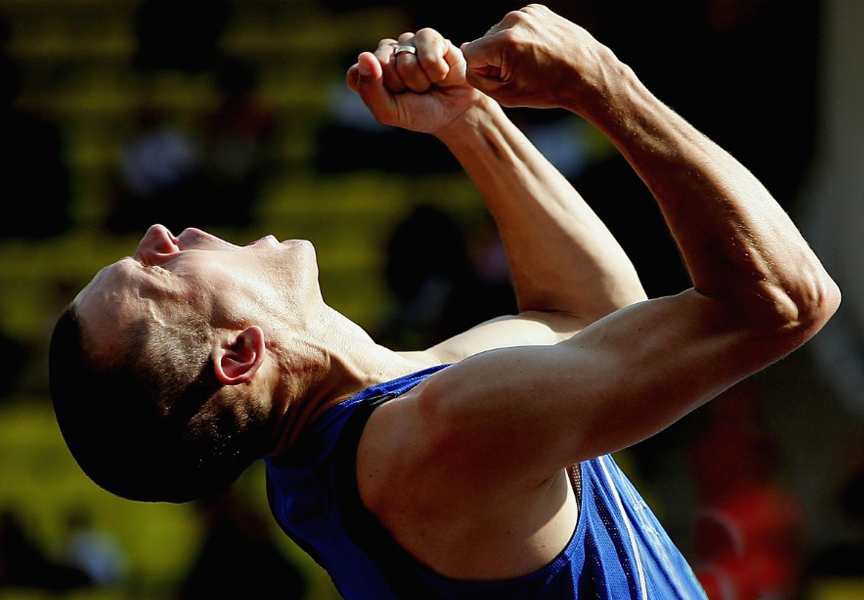
In the world of sports, competitions, and life in general, we often focus on the victors, the ones who stand atop the podium, wearing the gold, silver, and bronze medals. But let us not forget that a champion is not defined solely by their position – a champion is anyone who consistently gives their best every time they step onto the field, court, or any competitive arena. It's not just about finishing first, second, or third; it's…
- Unveiling the Deep Culture of Shaolin
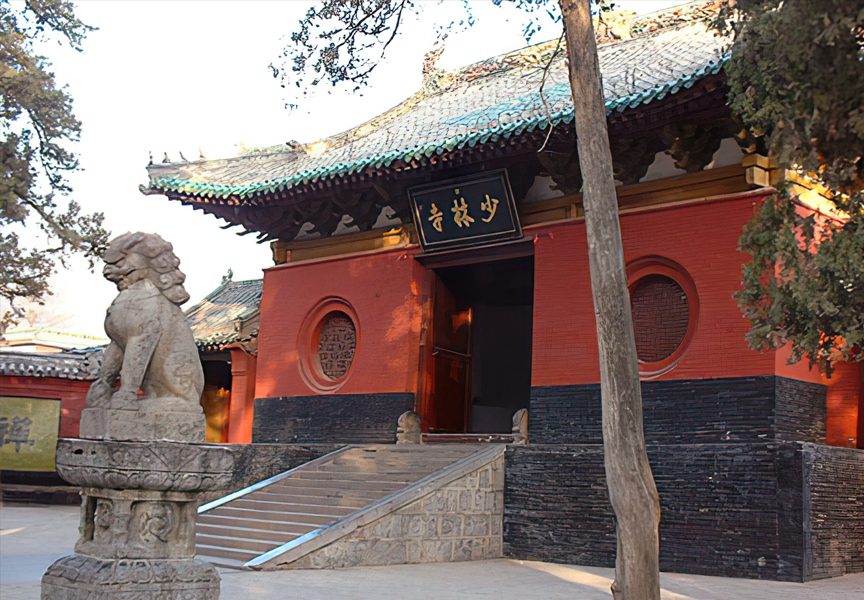
A Journey Through 15 Centuries of Spiritual and Physical Cultivation In the hustle and bustle of the modern age, where speed and efficiency often take precedence, it becomes imperative to take a step back and explore the profound wisdom embedded in ancient traditions. One such tradition that beckons us to delve into its deep culture is the Shaolin philosophy—a repository of primordial knowledge that has evolved over 15 centuries. In a world…
- Shaolin Rou Quan
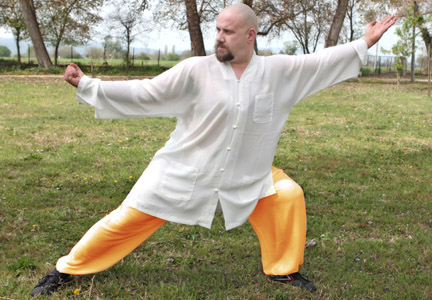
Shaolin Gong Fu is a broad and profound self cultivating system, combining martial arts and Chan in a unique way. Not only does it comprise of hard moves and techniques but also techniques of soft and internal moves. Essentially, there is no clear distinction, since this is the purpose of self cultivation, so internal as external. The hard lies in the soft, and the soft lies in the hard. 柔中之刚为真刚,刚中之柔为真柔…
- Embracing the Warrior Within
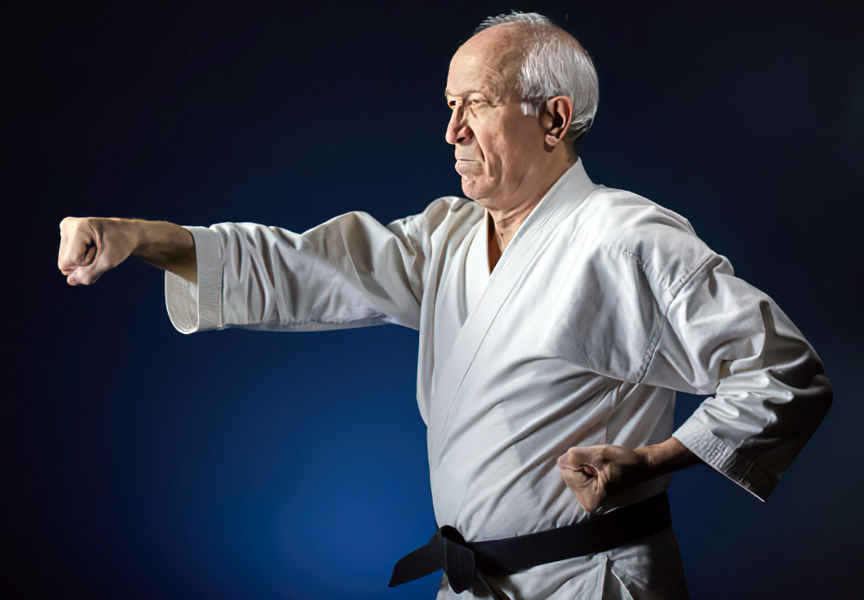
It's Never Too Late to Start a Martial Art Life is a journey filled with twists, turns, and missed opportunities. Many of us carry a list of things we always wanted to do when we were young but never quite got around to. Among these unfulfilled dreams, a common confession echoes: the desire to engage in the disciplined and empowering world of martial arts. The good news is, it's never too late to embark on this transformative…

